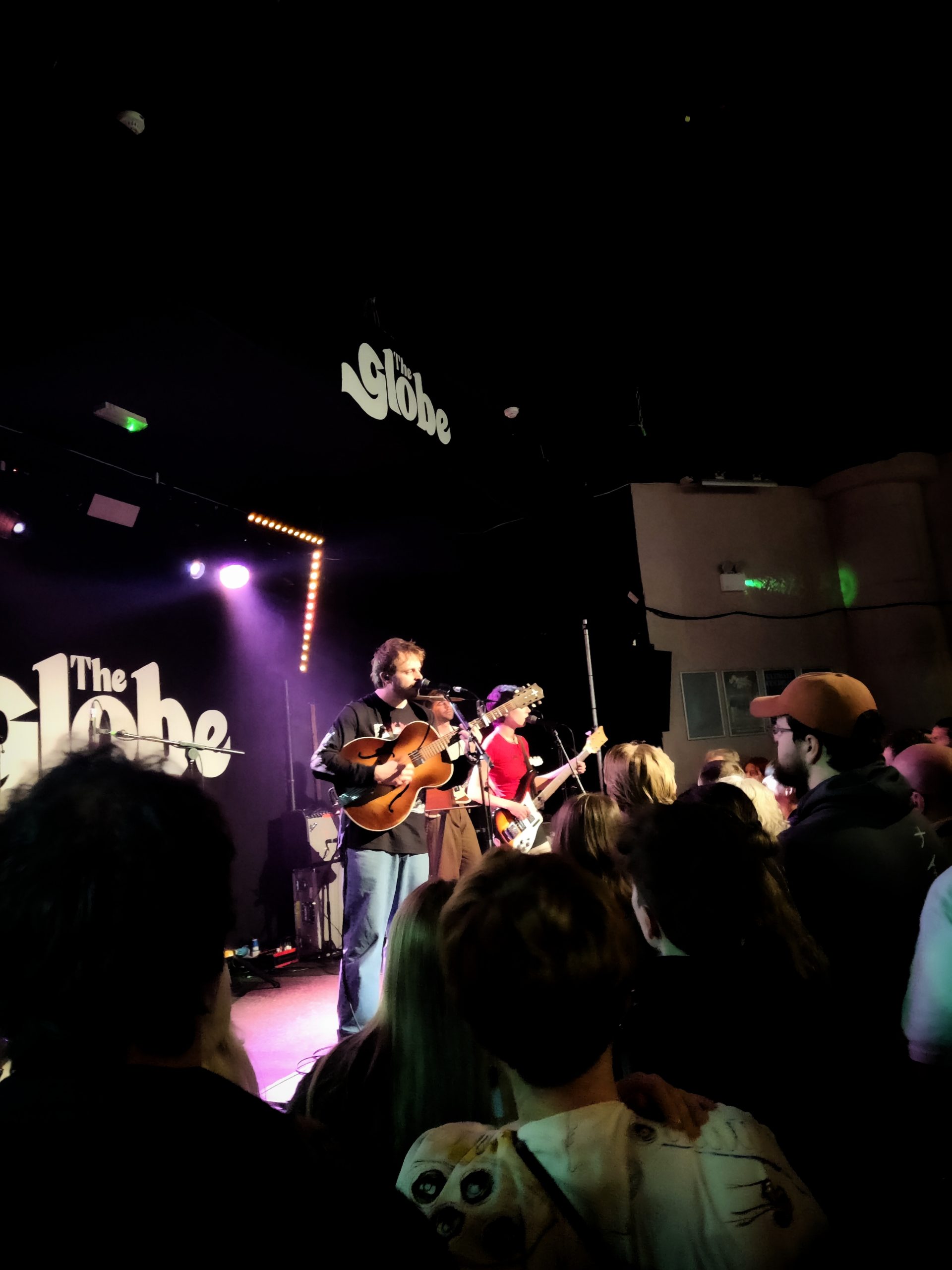by Leah Hocking
The term ÔÇÿchick-lit’ usually evokes images of Bridget Jones or the pastel-coloured array of Sophie Kinsella books. Similarly to ÔÇÿchick-flick’ films, ÔÇÿchick-lit’ is a term which was first popularised in the 1990s to describe popular fiction which is targeted at a female audience. The protagonists of chick-lit are predominantly heterosexual women, often in their twenties or thirties, who are dealing with the wealth of issues faced by the typical contemporary woman: romantic entanglements, female friendships, family drama, and career struggles – all of which are addressed in a fluffy, light-hearted, and often humorous fashion.
As a genre, chick-lit became widely popular and commercially successful throughout the mid-1990s, with many chick-lit titles regularly topping the bestseller lists. Chick-lit was making a name for itself in both the UK and the US, with Helen Fielding’s Bridget Jones Diary in 1996, which has been heralded as the ÔÇÿfirst chick-lit book’, and Candace Bushnell’s 1997 novel Sex and the City, both of which have become integral components of the pop culture canon due to their prevailing cultural influence.
However, by the 2010s the term chick-lit largely fell out of vogue, with publishers paying less attention to the category and critics increasingly starting to question the inherent sexism of both the genre and the term. Recent books which would have previously been labelled as ÔÇÿchick-lit’ are now often classified as ÔÇÿrom-coms’, borrowing from the film and television genre, or ÔÇÿcontemporary romance’; this is the case with books like The Hating Game by Sally Thorne (2016), The Flatshare by Beth O’Leary (2019), and The Love Hypothesis by Ali Hazelwood (2021).
However, in recent years the term ÔÇÿchick-lit’ has begun to once again permeate literary discourse. With the recent success of authors such as Sally Rooney and Ottessa Moshfegh, both of whom are women who write books about women, the possible resurgence of chick-lit has become a popular point of discussion.
Sally Rooney is frequently forefronted in much of this debate, an author who rapidly transformed from literary darling to mainstream after the large commercial success of her first two novels ÔÇÿConversations with Friends’ and ÔÇÿNormal People‘, both of which have been adapted into television miniseries’. Looking at the simplified plots of both novels, it would be easy to conclude that they both coincide with what we expect from the typical chick-lit book, especially in terms of the romantic storylines of their female protagonists. Normal People focuses on the romantic relationship between Marianne and Connell as they drift in and out of each other’s lives over the years, while Conversations with Friends follows 21-year-old university student, Frances, as she begins an extramarital affair with an older man.
But far from being just frivolous stories about twenty-something women, both of Rooney’s novels explore darker and more complex topics alongside the romantic endeavours of the characters, including commentary on class politics, abuse, and mental illness. In a similar vein, while Ottessa Moshfegh’s bestseller ÔÇÿMy Year of Rest and Relaxation‘ could be simplified as a story about a twenty-something woman wandering around New York city in the early 2000s, beneath this surface the book actually explores a young, mentally ill woman who turns to prescription drugs in order to cope with the trauma of losing both parents in quick succession. Needless to say, female-led books by female authors don’t need to be dark and traumatic in order to deserve literary merit, but labelling these books, or any book, as ÔÇÿchick-lit’ seems both regressive and reductive, feeding into the wider devaluation of female cultural consumption.
Both Rooney and Moshfegh are literary fiction writers, but persisting ideas that stories about women are trivial and nothing more than ÔÇÿchick-lit’ means there is still hesitancy to accredit them with this label, thus separating the work of female writers from what is considered to be ÔÇÿreal literature’. The term ÔÇÿchick-lit’ is heavily outdated, and is symptomatic of a male-dominated publishing industry which refuses to recognise that stories about women, by women, deserve to be told just as much as those by their male counterparts.


